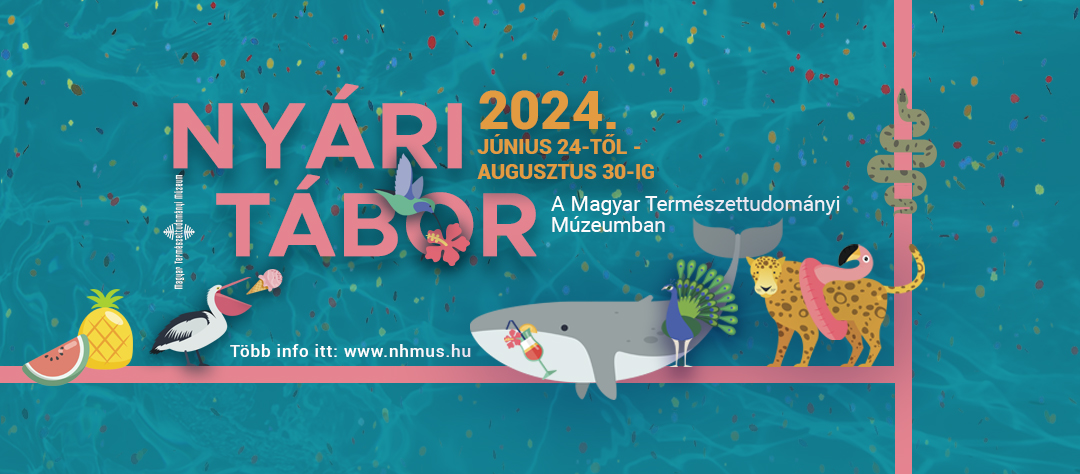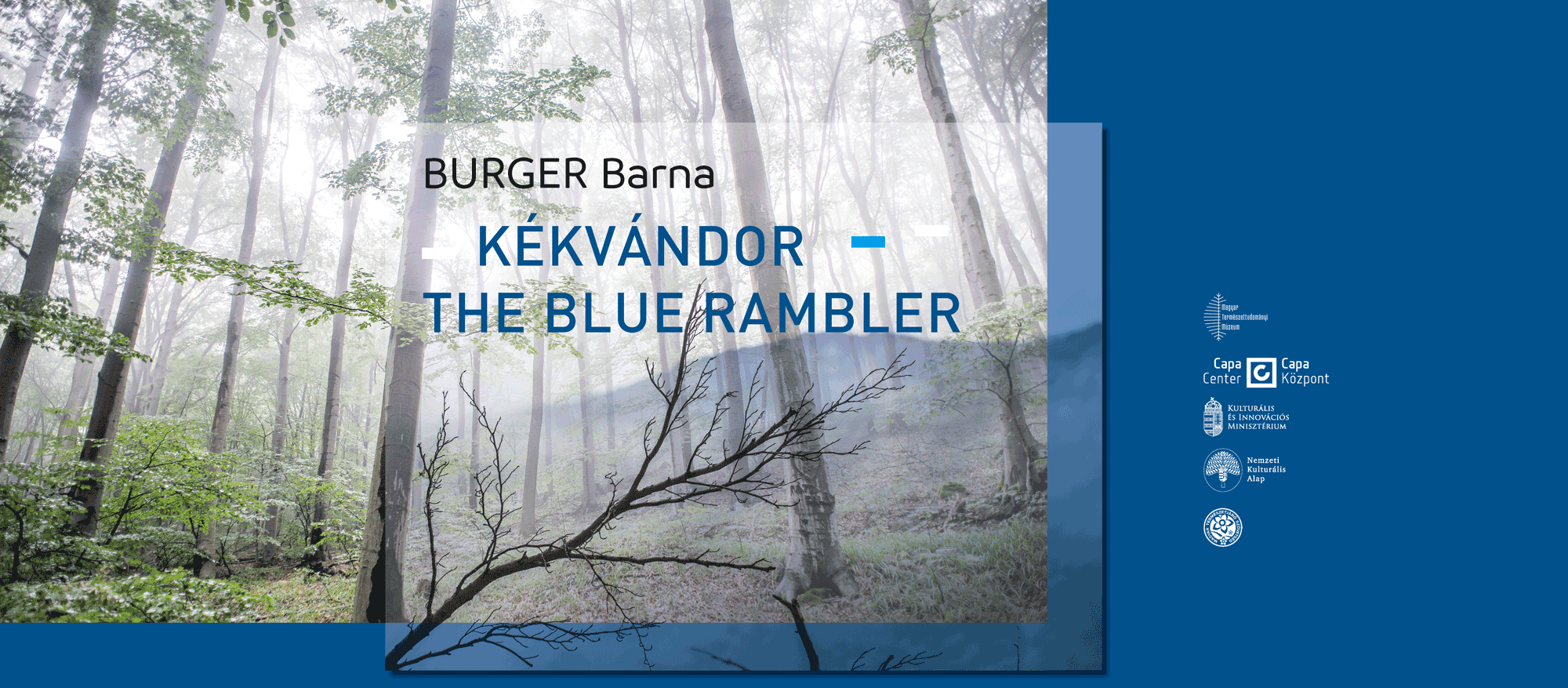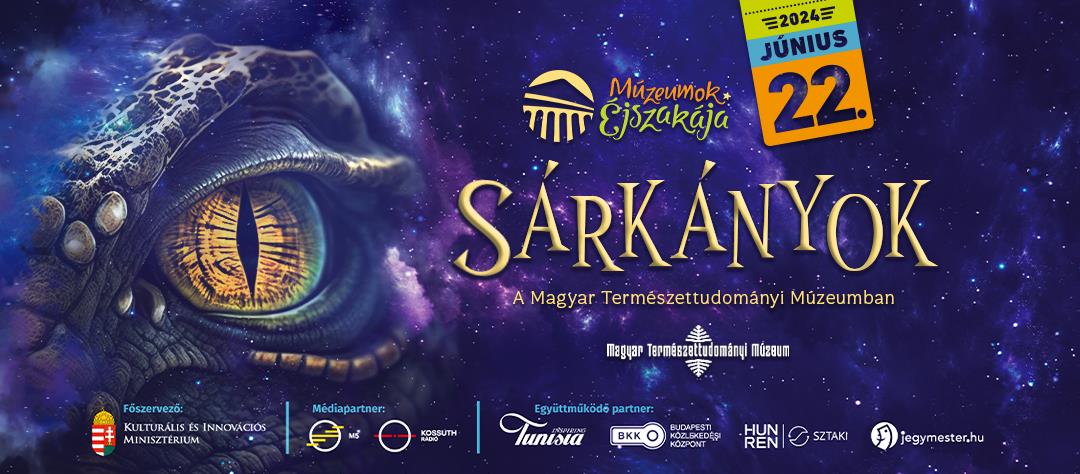The Department of Mineralogy and Petrology and its predecessors are among the oldest institutions of their kind in Hungary. The first recorded donation (1803) was a collection of minerals from Countess Julianna Festetics, who was the wife of the founder of the National Széchénnyi Library and the Hungarian National Museum, Ferenc Széchényi.
The collection, which belonged to the Dept. of Natural History until 1870, mainly increased through donated specimens. Systematic collection development, based on regular subsidy, began after the Austro-Hungarian Compromise (1867). A separate Dept. of Mineralogy and Palaeontology was created under the leadership of József Krenner in 1870, and in the same year the Lobkowitz collection, containing 40, 000 specimens, was purchased by decision of the Parliament. This event anticipated the beginning of the golden age of the department, which was largely due to the four-decades-long sponsorship of Andor Semsey, started in 1878. In addition to the newly discovered mineral species and outstanding specimens, Semsey purchased significant assemblages and enriched the meteorite collection.
After World War I, purchasing and collecting opportunities decreased seriously. In the period between the two World Wars, the most important development may have been the division of the department into Dept. of Mineralogy and Petrology and Dept. of Geology and Palaeontology in 1939. World War II did not cause serious damage in the collection and the exhibition, but shortly after, the revolution of 1956 obliterated the past of our department in a few hours. Only a part of the minerals in the exhibition showcases and their drawers remained intact, the store and workrooms were completely destroyed by a fire.
After the destruction, the department was reorganised in difficult circumstances and operated for forty years in the same place. Later, due to a government decision, it moved to the south wing of the ground floor of the Ludoviceum building in 1995/96. However, due to a subsequent government decision, the department had to be relocated again in 2013, provisionally within the same building. Collections are currently in the basement in several separate rooms.
The first permanent mineralogical exhibition that opened in 1814 included a systematic and a topographic part. From 1838 until the inauguration of the new National Museum building in 1846, it was temporarily preserved in the building of Ludoviceum, together with the whole museum. The exhibition area increased considerably from 1870 until World War I. The shelves of this classic exhibition were densely lined with beautiful specimens. At the new permanent exhibition, opened in the early 1950s, drawings, photos and models helped the visitors in addition to explanatory texts. The spirit of the permanent exhibition that reopened after the fire (1962) remained the same but the installation has been changed. The actual permanent exhibition was opened in 2011 in the former Riding School of the Ludoviceum.



